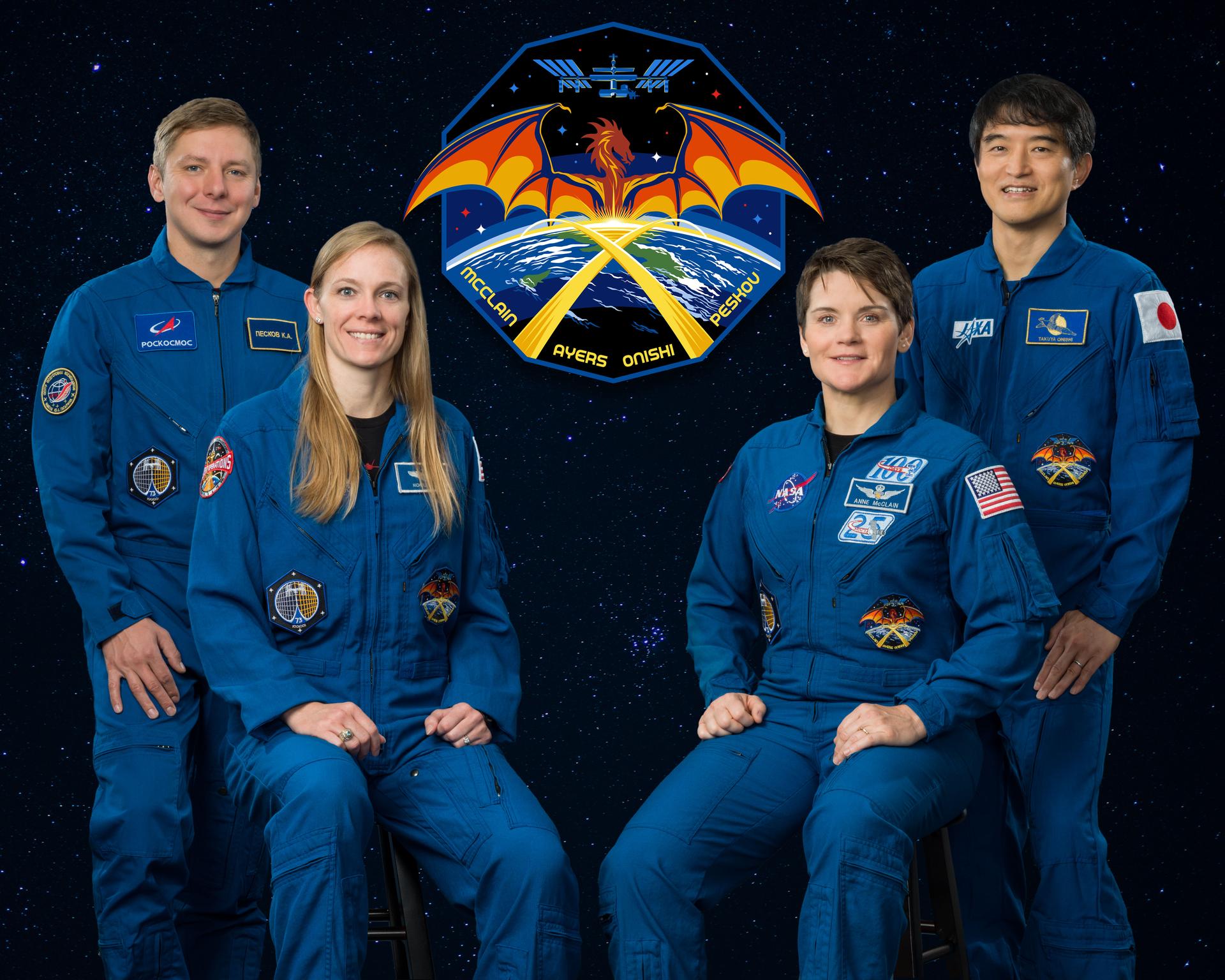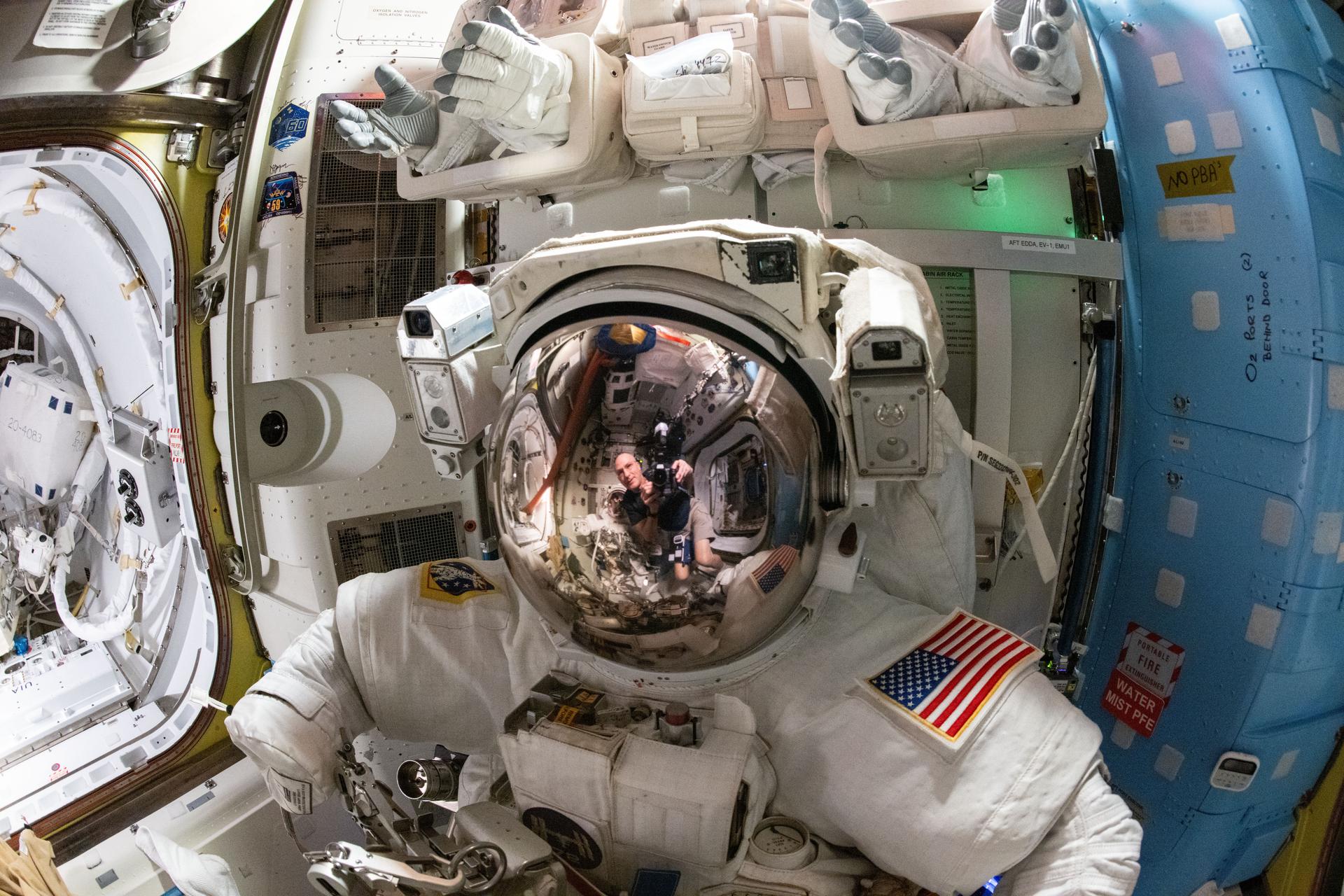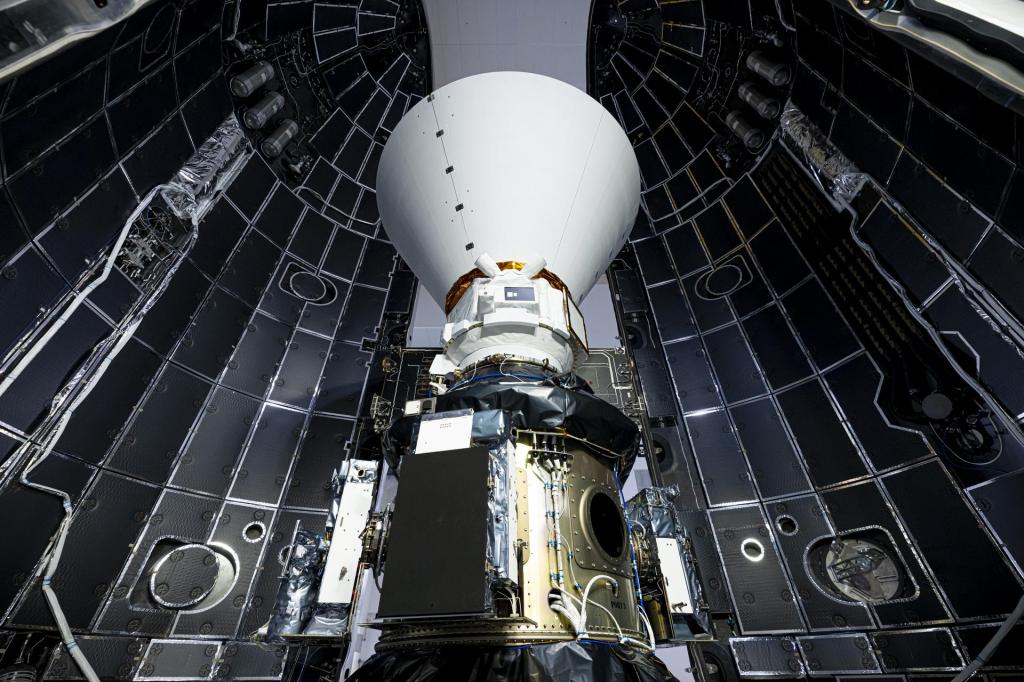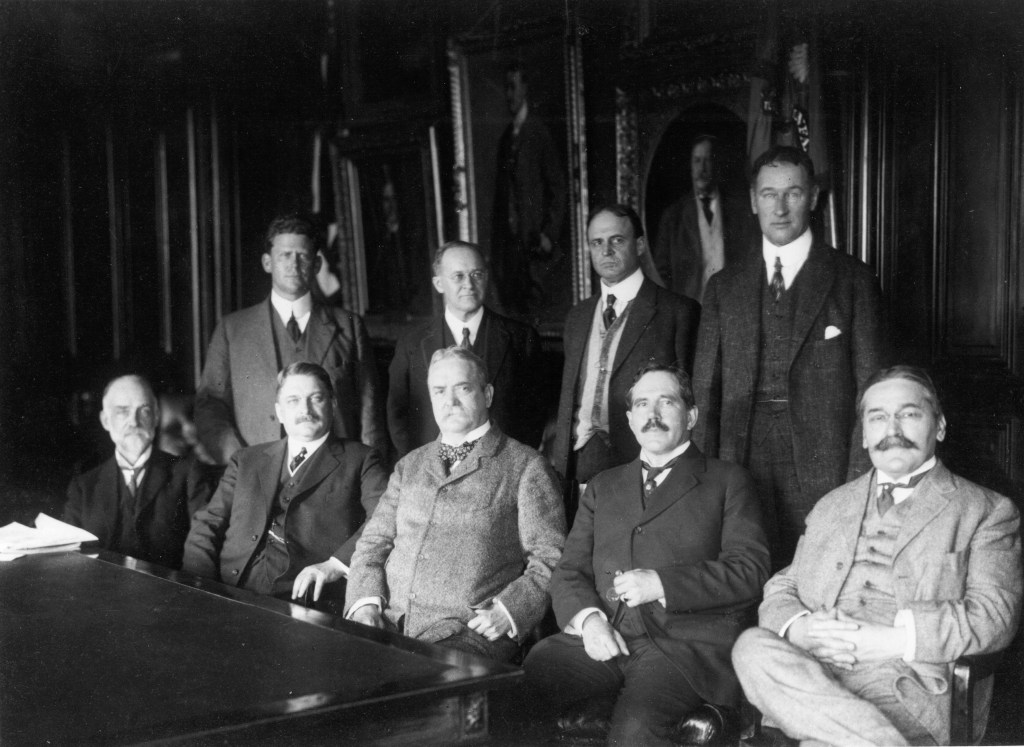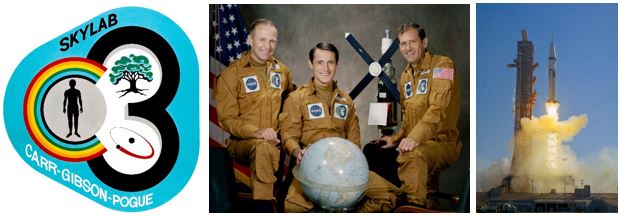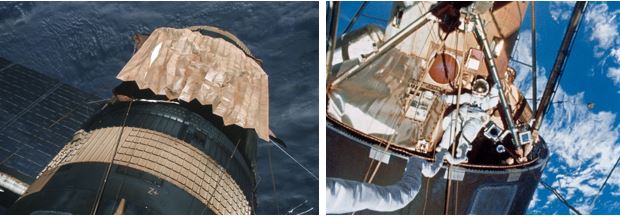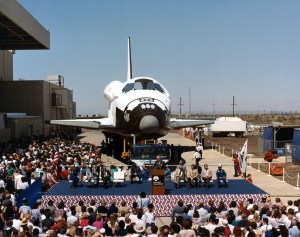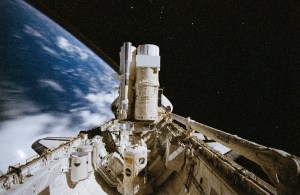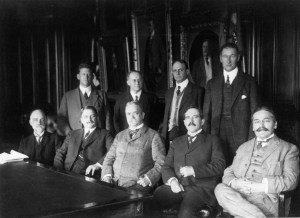The third and final mission to the Skylab space station got underway on November 16, 1973, with a thunderous liftoff from Kennedy Space Center’s Launch Complex 39B. The Skylab 4 crew of Commander Gerald P. Carr, Pilot William R. Pogue, and Science Pilot Edward G. Gibson, the first all-rookie crew since Gemini 8 in 1966, docked with the space station about eight hours after launch. By the next day they were busy reactivating their new home in space for the next three months. The crew continued the science program begun by the previous two Skylab crews, including biomedical investigations on the effects of long-duration space flight on the human body, Earth observations using the Earth Resources Experiment Package (EREP), and solar observations with instruments mounted on the Apollo Telescope Mount (ATM). Added to their science program were observations of the Comet Kohoutek, discovered earlier in the year and predicted to make its closest approach to the Sun in December. They brought to the station a Far Ultraviolet Electronographic Camera especially for observations of the comet, and used it for cometary photography during two spacewalks that were added to the mission.
One of the crew’s early tasks was the first spacewalk or Extra-Vehicular Activity (EVA) of the mission. On November 22, Thanksgiving Day, Gibson and Pogue suited up and stepped out of the space station with Gibson exclaiming “Boy, if this isn’t the great outdoors.” During this EVA, which lasted six hours and 33 minutes, they replaced film canisters in the ATM and deployed an experiment package on the ATM truss. They took photographs with a camera that had originally been intended for the airlock now blocked by the first sunshade that was deployed by the first crew back in May to help cool the station. Gibson and Pogue accomplished essentially all the tasks planned for this first EVA.
One of the lessons learned from the first two Skylab missions was that the astronauts were not getting enough exercise to maintain leg and back muscle mass and strength using the onboard bicycle ergometer. To remedy this problem, physician and Skylab support astronaut Dr. William E. Thornton designed a makeshift treadmill that the third crew brought with them to the station. The treadmill device consisted of a teflon-coated aluminum plate bolted to the floor of the workshop. Bungee cords attached to the floor and to the ergometer harness supplied the downward force for the back and leg muscles with the astronauts sliding over the teflon-coated plate while walking or jogging in stocking feet. Because the exercise provided quite a strenuous workout, the crew dubbed it “Thornton’s revenge.”
A space first occurred between December 18 and 26 when the Soviet Union orbited Soyuz 13 with Pyotr I. Klimuk and Valentin V. Lebedev aboard. The two were on an eight-day scientific mission. This marked the first time that Americans and Soviets were in space at the same time. Although the two spacecraft didn’t approach each other or even have the capability to communicate, the event served as a reminder that preparations were underway for the first joint mission between the two space powers, the Apollo-Soyuz Test Project, planned for July 1975. The three Skylab astronauts and two Soyuz cosmonauts also marked the largest number of people in space at the same time, a record that stood for nine years.
Carr, Gibson, and Pogue continued their biomedical, solar, and Earth observations as they prepared for the two EVAs to observe Comet Kohoutek during its closest approach to the Sun. The Skylab observations were coordinated with ground-based and space-based measurements, including by the Mariner 10 spacecraft then on its way to Venus. On Christmas Day, Carr and Pogue stepped out of Skylab’s airlock, working outside for seven hours and one minute, the longest Earth orbit EVA to that time. During the spacewalk, they photographed Comet Kohoutek with the ultraviolet camera, replaced film cassettes in the ATM and repaired a filter wheel on one of the ATM instruments. Four days later, Carr was joined by Gibson for a 3-hour 39-minute EVA for additional cometary observations and retrieval of a micrometeoroid collector.
The crew celebrated Christmas aboard Skylab, only the second time that astronauts were in space during the holiday, the first occurring 5 years earlier as Apollo 8 orbited the Moon. A week later, they became the first to celebrate New Year’s Eve in space. As they celebrated the arrival of the New Year, they still had more than a month to go in their record-setting mission.
For more insight into the Skylab 4 mission, read Carr’s, Gibson’s, and Pogue’s oral histories.




